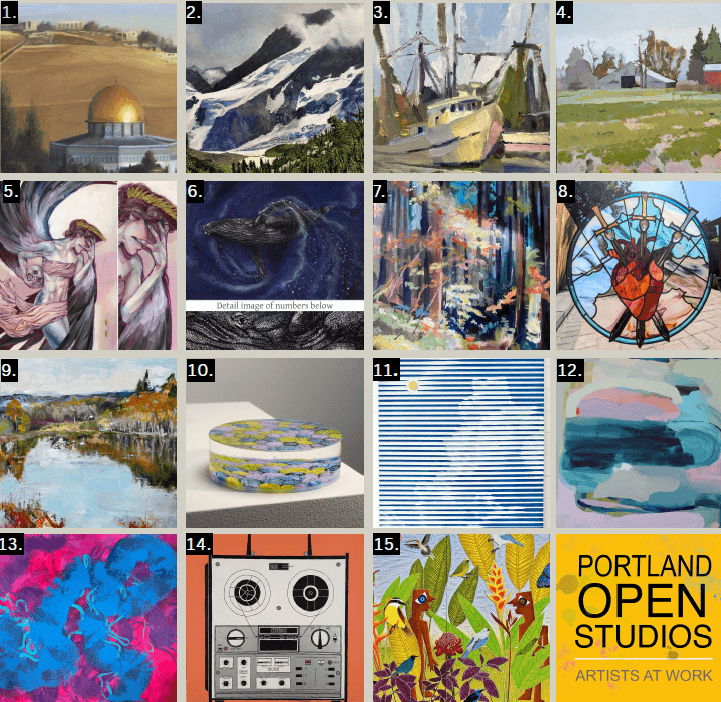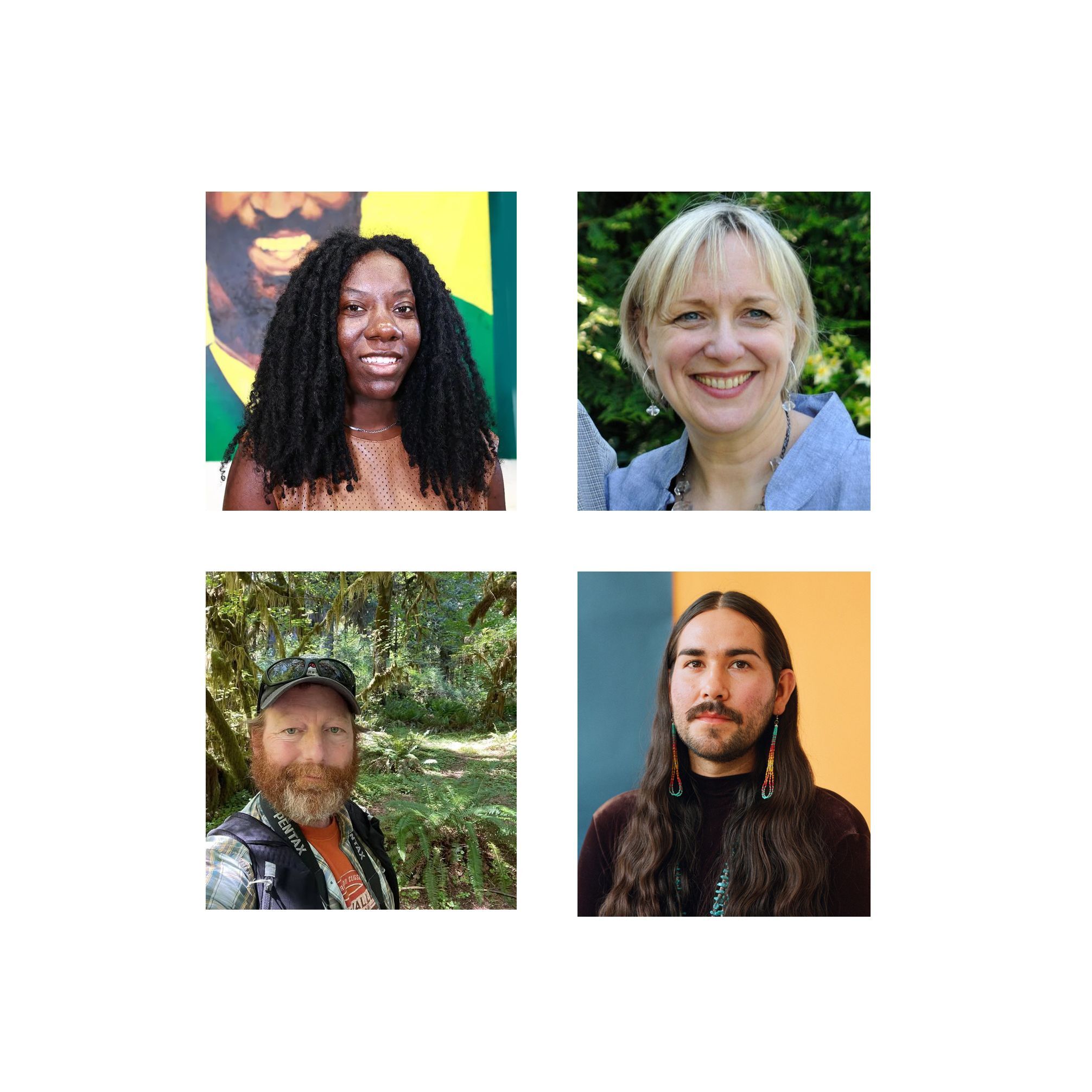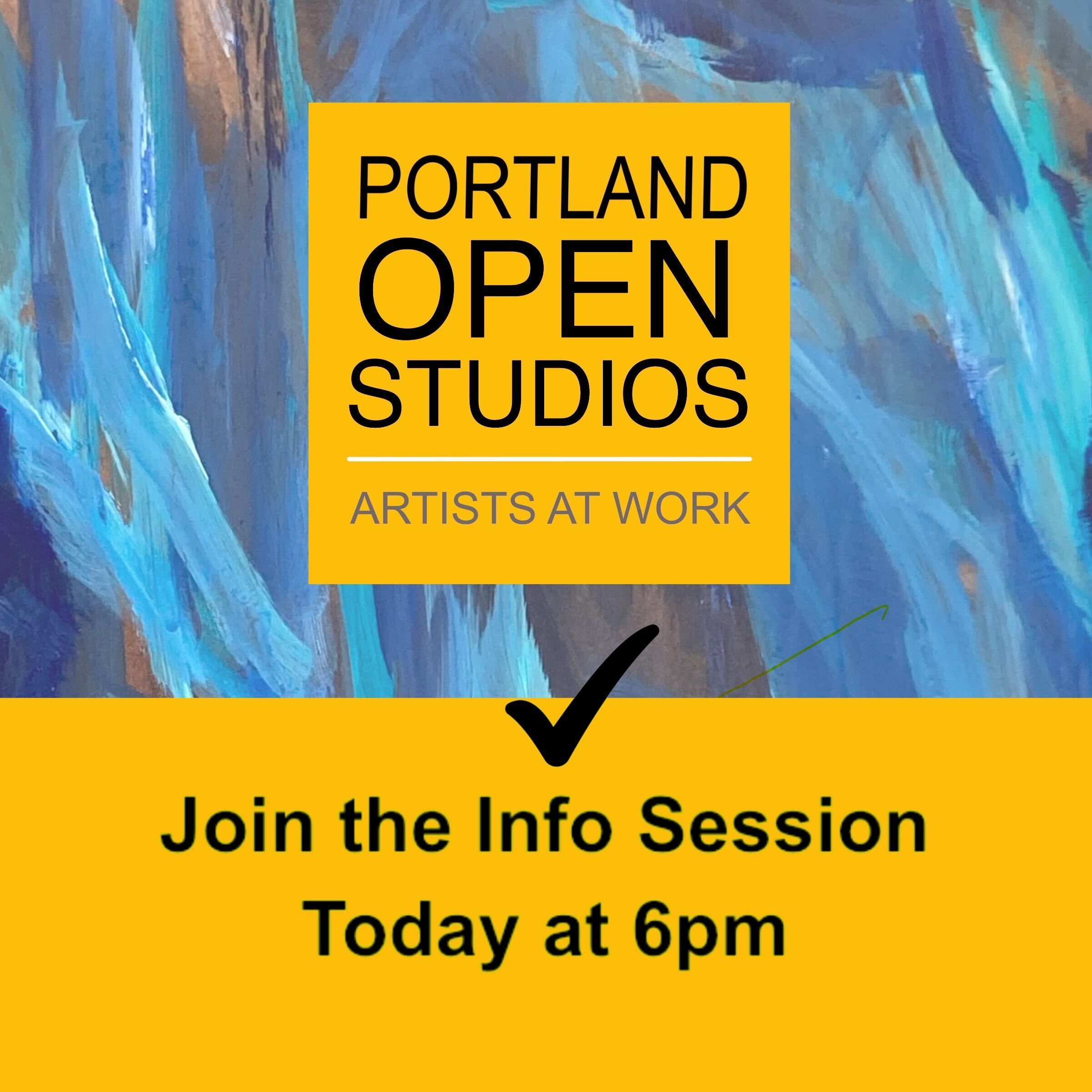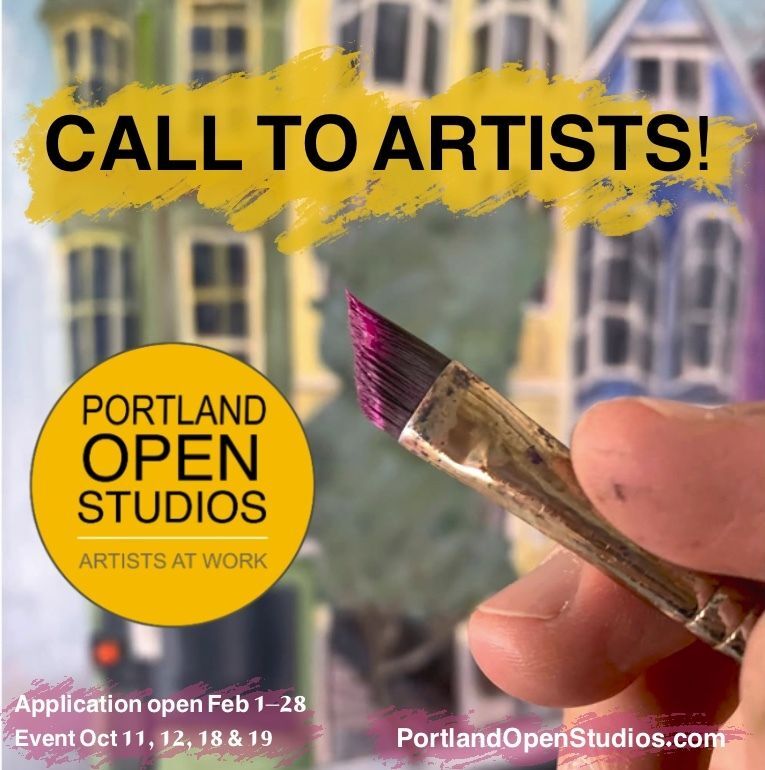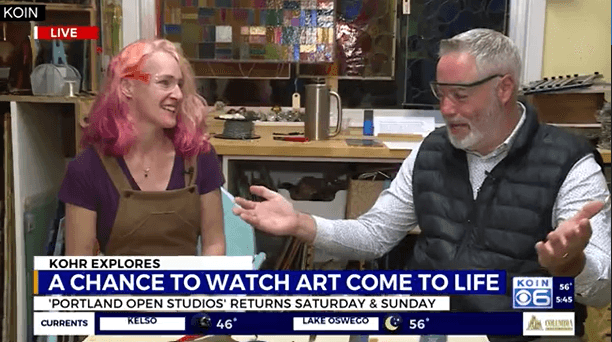Latest Stories About Portland Open Studios
Looking for new board members.
This October, you can meet a wide range of artisans across Portland and get a look at how they work.
Portland Open Studios artists Val Hubbard and Jerry Svoboda dropped by KGW8’s Hello, Rose City! to give viewers a peek behind the curtain of one of Portland’s most vibrant art events...
Portland Open Studios 2025 Tour takes place two weekends in October, Saturday and Sunday October 11-12 and 18-19, 10 am-4 pm each day at locations throughout Portland. 103 talented local artists will be opening their studios to the public during the free, self-guided Tour.
Portland is a mix of some seriously weird goodness, resulting in groundbreaking art, music, and creative expression across every medium. As a city, we’re continually redefining ourselves, and that’s what makes us great. We’re proud of our quirks, our shadows, and our charm — so let’s celebrate them!
Community leaders are key to the success of this October event, which nurtures the city’s creative culture through artist interactions and the chance to purchase pieces directly from the source.
Travel Portland writes, "Portland is known for its thriving creative community, which embraces mediums including painting, photography, ceramics, woodworking and jewelry making. For two weekends every October, visitors can witness nearly 100 local artists’ creative processes during Portland Open Studios."
Announcing the new 2025 Tour Guide for Portland Open Studios.
Announcing the list of Portland Open Studios 2025 artists.
Portland Open Studios made it on TV again. Stained glass artist Claire Oliphant guides KOIN 6 News Host Kohr Harlan in the process of how she makes her beautiful art.
Portland Open Studios is on TV. Watch the Every Day NW Show, featuring participating artists Leah Kohlenberg, Mel Sawyer, and Zhanna Tsytsyn.










